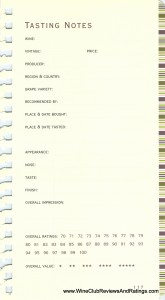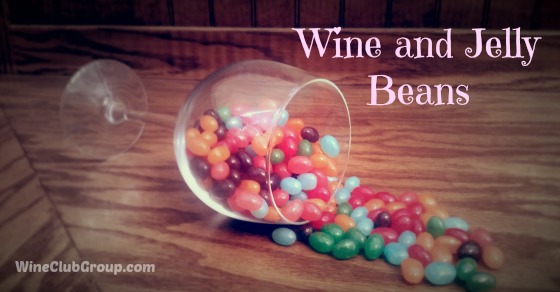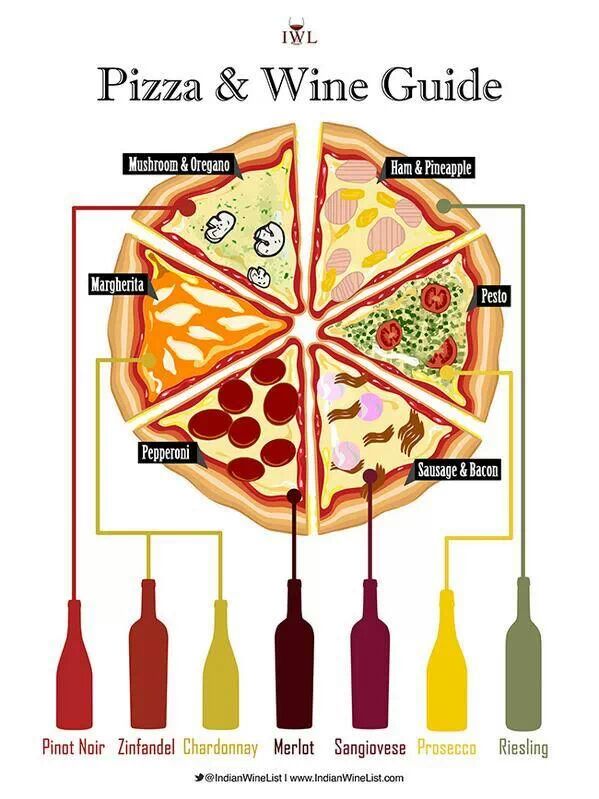As you try new wines from your wine club, it's very important that you keep tasting notes on the wines that you are drinking. If you're anything like me, you won't be able to remember one wine from another, and sometimes by the time you're done with a bottle, you're not thinking about writing down notes.
Receive the Bottle
Once you receive (or purchase) the bottle, start taking notes. I use the The Little Black Book Of Wine, as it has everything I need on a single page.
Place & Date Bought, along with Price, are important if you ever want to find another bottle of a particular wine. Before you rack the bottle, fill this in, as well as the Wine, Vintage, Producer, Region & Country, Grape Variety, and Recommended By (if anyone).
Wine seems pretty generic, but it's the name of the wine. Sometimes a wine is just the year, producer and grape variety stuck together, such as “Baldwin Estate 2010 Shiraz Cabernet Sauvignon.” Other times, it could be an actual name, such as “The Honorable” – a 2010 Riesling from Charles Smith and former selection in Virgin Wines' Explorer Wine Club.
Vintage refers to the year the grapes were harvested, while Producer is the winery's name. Region & Country could be just the country, or state, or region the wine is from. This information is useful when trying to find a bottle in wine stores that organize their selection by region. Grape Variety is the type of grape used in the wine.
Open the Bottle
When opening the bottle, take note of when you opened it (date), where you were, who you were with, and what you were eating along with it. All of these factors will determine your opinion of a wine, and if any of them are different next time you open this bottle, your thoughts may change.
The Appearance of the wine is determined by sight, and refers to color, opacity, and the “legs,” or how the wine comes back down into the glass after you tip it to the side and then back upright. While there are official terms that are used to describe the appearance of a wine, use your own words so you know what you meant when you look back on your notes at a later time. Examples: dark purple, inky, blood, or clear.
Nose refers to how the wine smells, or the wine's aroma. Swish the wine around, stick your nose right in the glass (assuming it's your glass) and inhale deeply through your nose. Close your eyes, and try to picture what you're smelling. This may be a bit subjective, and will vary from one person to another. Some terms I've used to describe a wine's aroma include smokey, leather jacket, cranberry, apples, and pear.
Taste is just that: what do you taste? Is the wine sweet? Dry? How “thick” does it taste? A wine can be fruity, or a bad one could taste like you're drinking perfume. Again, use your own words – these are your tasting notes.
Finish defines how your mouth feels after you've swallowed the wine. Does the taste linger, or disappear? Does the wine dry out your mouth?
Next, give your Overall Impression of the wine. Looking through my notes, I've written:
Drink alone or with sweets; not good with spicy foods.
and
Not worth $5.
Now, you get to rate the wine, from 70 to 100, which does not take into account the cost of the wine. But after you rate it, give the wine an overall value, which looks at the rating and price. A (self-rated) 90-point $8 bottle of wine may be 5-stars, while a 96-point $54 bottle may only be 3 stars.
Tasting Notes are a great way for you to keep track of the wines (and types of wine) that you enjoy, reminisce over bottles and occasions, and help you choose a wine when you're asked to bring a bottle to the next dinner you attend.





